Jose Rizal’s 35 years have generated more than a century of retellings — silent pictures, prestige biopics, meta–mockumentaries, primetime “bayaniserye,” operas, school-touring musicals, and even ballets.
Read this as a field guide: what to watch, where a work sits in the timeline, and what each adaptation tries to say about the hero — and about us.
The Movies: From silent beginnings to centennial spectacle
1912: The first Filipino features were about Rizal.
Two rival silent films opened weeks apart: La vida de Jose Rizal (Edward Gross) and El fusilamiento de Dr. Jose Rizal. La vida — adapted from Gross’s 1905 stage play—ran 22 scenes and ~5,000 feet of film, and is often named the first feature produced in the Philippines.
1956: Postwar studio biopic.
Ramon Estella’s Ang Buhay at Pag-ibig ni Dr. Jose Rizal starred Eddie del Mar and traced the familiar arc from Calamba to Bagumbayan, setting the template many classroom screenings would follow.
1961: A novel on film for the birth centennial.
Gerardo de León’s Noli Me Tángere (Arriva-Bayanihan) premiered for the centenary, won Best Picture and Best Director at the FAMAS, and was later restored from a surviving print — now regarded as a Philippine classic.
1997: The Dapitan years.
Tikoy Aguiluz’s Rizal sa Dapitan centers on exile and everyday nation-building—school, clinic, mapping, and a tender Josephine Bracken portrait—garnering festival awards even if box office was modest.
1998: The centennial epic.
Marilou Diaz-Abaya’s Jose Rizal (Cesar Montano) fused trial scenes and nonlinear life flashbacks; it swept the 1998 MMFF with a record 17 trophies and later played widely in schools and retrospectives.
2000: Deconstructing a hero.
Mike de Leon’s Bayaning 3rd World (black-and-white) is a mockumentary about filming Rizal, obsessing over the supposed “retraction” on the eve of his execution. It interrogates memory, myth, and what counts as evidence.
Television: From classroom time travel to primetime “Bayani-serye”
ABS-CBN’s Bayani (1995–2002).
A DECS-endorsed educational show where kids time-travel to meet heroes; multiple episodes featured Rizal and were later rerun on Knowledge Channel and iWantTFC. (Yes, there’s a Rizal episode built around “Sa Aking mga Kabata.”)
GMA’s Ilustrado (2014).
Alden Richards leads this 20-episode period mini-series covering studies abroad to the homecoming; it later won awards and remains streamable via GMA’s online channels.
Long-form novel adaptations for TV.
Eddie Romero’s Noli Me Tangere miniseries (1992) for the Cultural Center of the Philippines brought the novel to television with CCP backing.
Onstage: Operas, musicals, and contemporary revisions
The canonical operas (all-Tagalog).
- Noli Me Tangere: The Opera (Felipe Padilla de León, libretto by Guillermo Tolentino). Premiered 5 Feb 1957 at FEU Auditorium; considered the first full-length Filipino opera. Frequently revived in and outside the Philippines.
- El Filibusterismo: The Opera (Felipe Padilla de León, libretto by Anthony Morli). Premiered 3 Nov 1970 at the CCP Main Theater; complements the Noli opera with a darker register.
The 1990s musical wave.
- Noli Me Tángere: The Musical (1995). Music by Ryan Cayabyab, book/lyrics by Bienvenido Lumbera, directed by Nonon Padilla at the CCP; restaged repeatedly (including diaspora tours).
- El Filibusterismo (1991) musical from Tanghalang Pilipino, also with Cayabyab’s music—part of a larger stage tradition of Rizal reimaginings.
Touring and school-centered shows.
- Gantimpala Theater’s Sino Ka Ba, Jose Rizal?: A musical/play with music that traces family, romances, and writing life; cast over the years included Ogie Alcasid and, later, Gerald Santos/RJ Jimenez in touring revivals. theaterbator.blogspot.com+1
- PETA’s Batang Rizal (2007; revivals and VOD stream in 2022), from Christine Bellen’s book — an entry point for young audiences that literalizes a meeting with “Pepe.”
Radical and meta-theatrical takes.
- Dulaang UP’s Isang Panaginip na Fili (2010) situates Rizal writing Fili in Paris, haunted by his own characters; recent casts have included Franco Laurel/Red Concepción. PEP.ph+2Online Portfolio+2
- Dulaang UP’s Rizal X (2011) experiments with collage and “entanglement” aesthetics to interrogate how we stage heroes today.
Dance and other media
Ballet and dance-theater
Ballet Philippines has repeatedly engaged Rizal’s world—from “Crisostomo Ibarra” (reviewed in 2012) to the 2021 digital premiere “Ang Tatlong Pag-ibig ni Jose,” marking his 160th birthday.
Museum and public history
Outside theaters, dioramas, shrines, and site-specific displays (e.g., Dapitan museums) continue to “stage” the life for new publics, often alongside screenings of Rizal sa Dapitan and the 1998 epic.
What these adaptations argue
- Veneration vs. interrogation. Jose Rizal (1998) monumentalizes nation and martyrdom; Bayaning 3rd World demands proofs and footnotes, turning a debate (the retraction) into the real story. Seen together, they map our shifting comfort with ambiguity in national memory.
- From classroom to mainstream. The throughline from Bayani to Ilustrado shows how educational storytelling jumped platforms, budgets, and aesthetics without abandoning the aim of formation (pagpapakatao through history).
- Language and ownership. All-Tagalog operas and Filipino musicals reclaim Rizal’s Spanish-language texts for local bodies and voices, making the novels sing—literally—on Filipino stages.
Watchlist and where to find them
- Rizal sa Dapitan (1997): festival-circulated; online uploads and listings exist (quality varies). YouTube
- Jose Rizal (1998): widely cataloged (IMDb, retrospectives); its MMFF record underscores its canonical status.
- Bayaning 3rd World (2000): available in film databases/archives online; worth pairing with primary sources on the retraction.
- Ilustrado (2014): GMA’s materials note streaming and home-video releases.
- Stage works cycle in and out; check opera/musical revivals and CCP companies for schedules; historical notes for the Noli/Fili operas are widely published.
A short timeline
- 1912: La vida de Jose Rizal (silent). Wikipedia
- 1956: Ang Buhay at Pag-ibig ni Dr. Jose Rizal. IMDb
- 1957 / 1970: Noli and Fili operas premiere. Wikipedia
- 1961: Noli Me Tángere film (Gerardo de León). Wikipedia
- 1991–1995:Fili (1991) and Noli (1995) musicals. Wikipedia
- 1992: Noli TV miniseries (Eddie Romero/CCP). WorldCat
- 1997–1998: Rizal sa Dapitan; Jose Rizal (MMFF record). Wikipedia
- 2000: Bayaning 3rd World. Wikipedia
- 2007: PETA’s Batang Rizal tours/streams. 3xhcch.blogspot.com
- 2011–2012: Rizal 150th tributes; ballet revivals. GMA Network
- 2014: Ilustrado on GMA primetime. Wikipedia
- 2021: Ballet Philippines’ Ang Tatlong Pag-ibig ni Jose (digital). broadwayworld.com
Final thoughts
Every generation restages Rizal to ask different questions: the 1912 producers built a nascent industry around him; De León’s and Diaz-Abaya’s epics sought national consensus; De Leon’s mockumentary embraced doubt; teachers and troupes keep translating him for kids and newcomers. That churn is the real measure of a living hero.
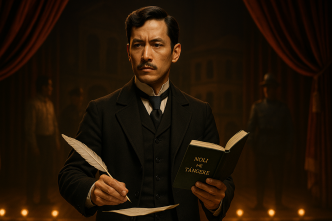
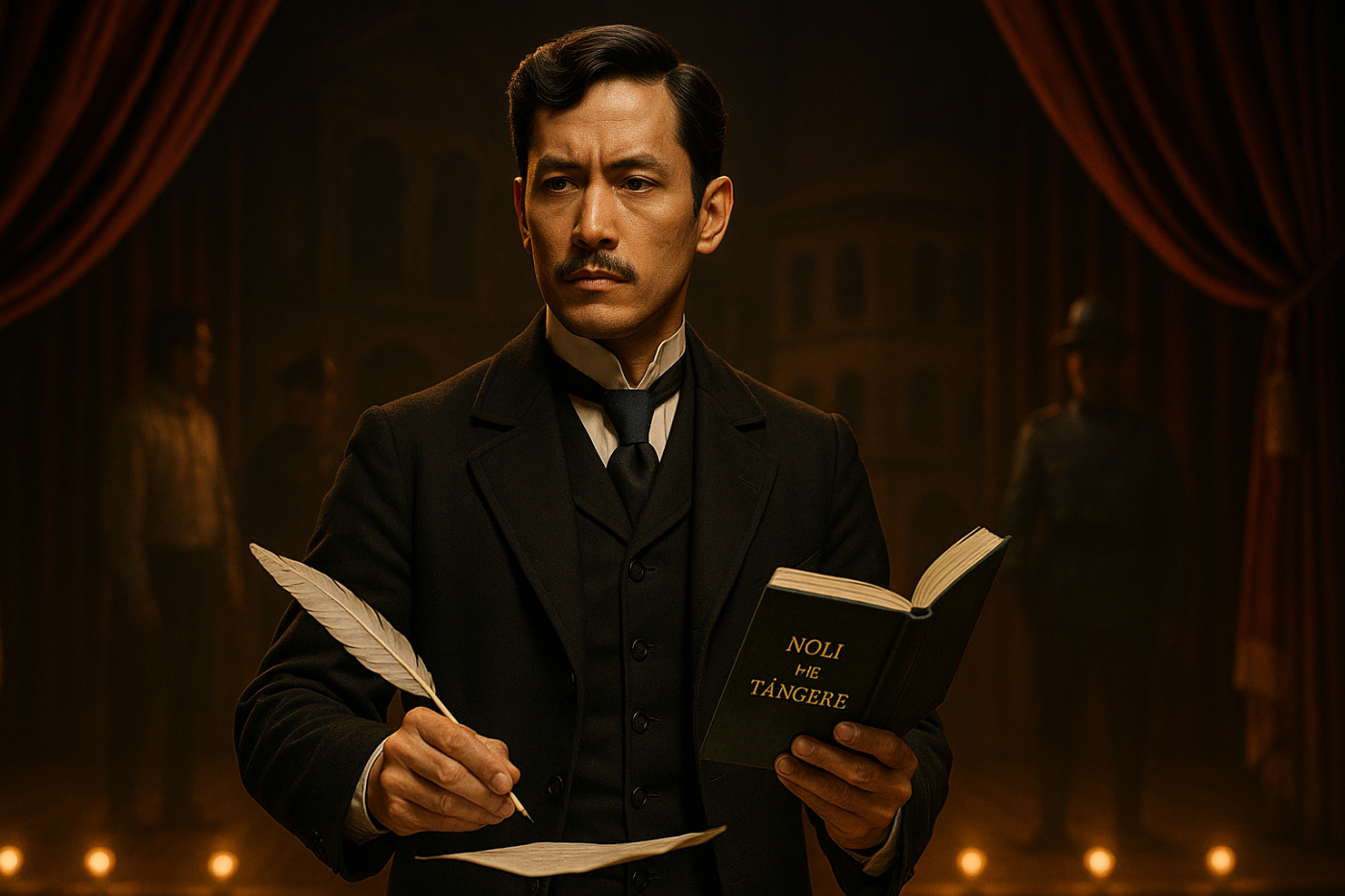
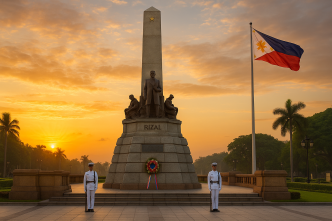
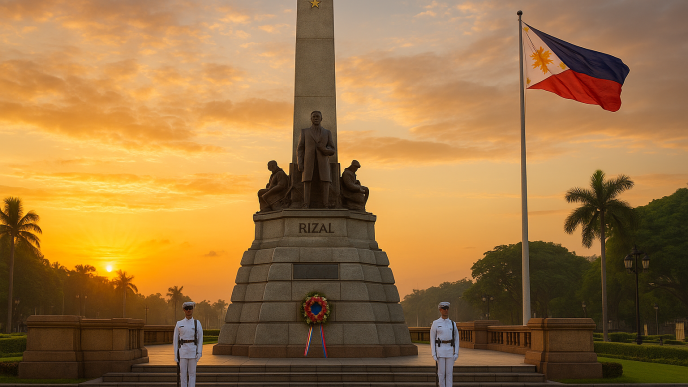
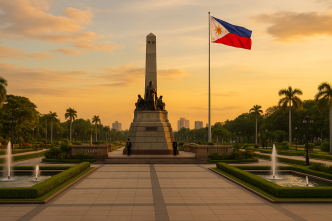
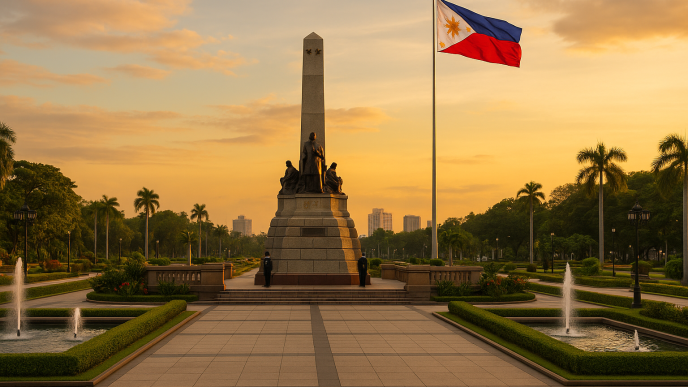
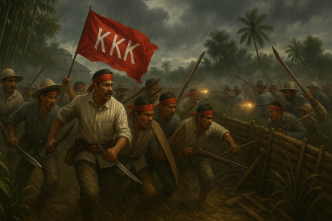
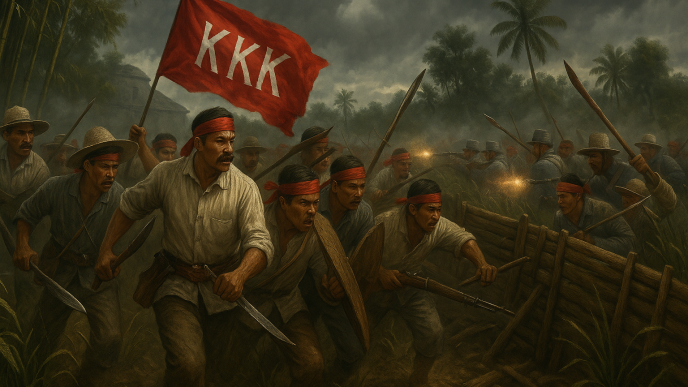

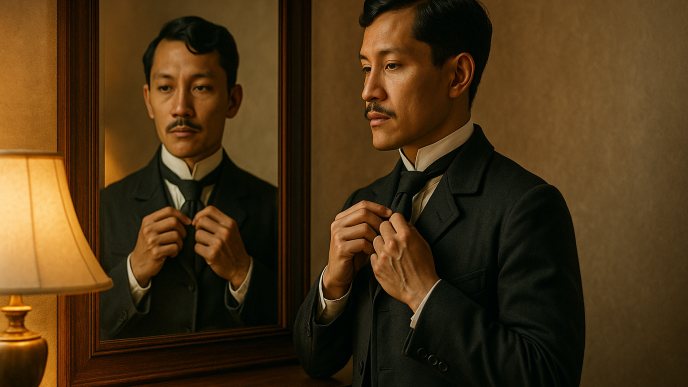
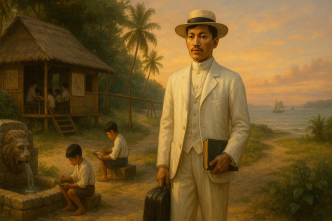
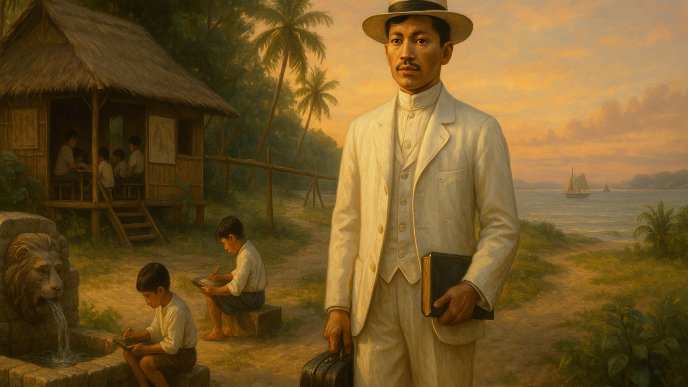
Hi. How about Illustrado of GMA Public Affairs?